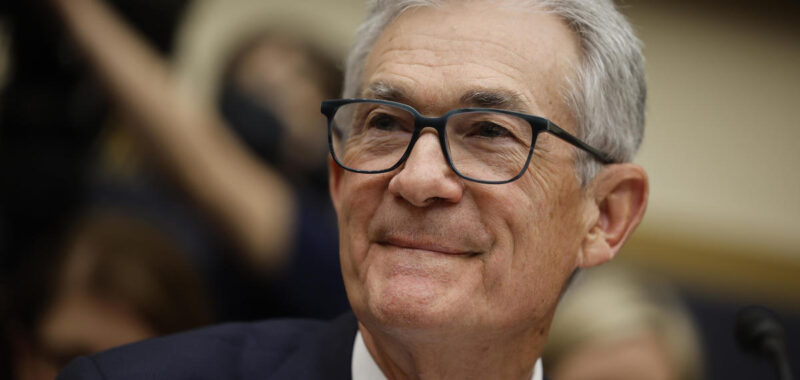The Federal Reserve on Thursday announced its second interest rate cut of 2024, trimming its benchmark rate by 0.25 percentage points amid cooling inflation. The expected move by the U.S. central bank provides additional relief to millions of Americans grappling with high borrowing costs.
The Fed cut, half the size of its September reduction, lowers the federal funds rate — the interest rate banks charge each other for short-term loans — to a range of 4.5% to 4.75% from its current 4.75% to 5% level.
The announcement marks the Fed’s first interest rate decision since President-elect Donald Trump secured another term in the White House following the Nov. 5 election. In exit polls on Tuesday, many voters reported that they’re still hurting from the sharpest inflation in 40 years and expressed dissatisfaction with the nation’s economic trajectory.
Although inflation has since cooled and now hovers just above the Fed’s goal of a 2% annual rate, prices remain high, while elevated borrowing costs have also hit people’s pocketbooks.
The two rate cuts so far this year, which have reduced the federal funds rate by a combined 0.75 percentage points, may not be large enough to make much of a difference to consumers just yet, noted Matt Schulz, chief credit analyst at LendingTree.
“It is a good thing for consumers, but it isn’t going to make much difference for the average person in the short term,” he said in an email. “Once a few more cuts happen over the next few months, the impact will add up to something that moves the needle for the average person struggling with debt.”
While many economists expect an additional cut at the Fed’s December meeting and more reductions in early 2025, any future moves by monetary policy makers appear more uncertain following the election amid concerns that some of Trump’s key economic proposals could stoke inflation.
The president-elect’s proposed combination of tariffs, tax cuts, increased federal spending and mass deportation of undocumented immigrants could increase inflation by as much as 1 percentage point, some economists project.
If that occurs, the Fed would be hard-pressed to continue easing borrowing costs, and could instead be forced to raise interest rates to counter those inflationary pressures.

